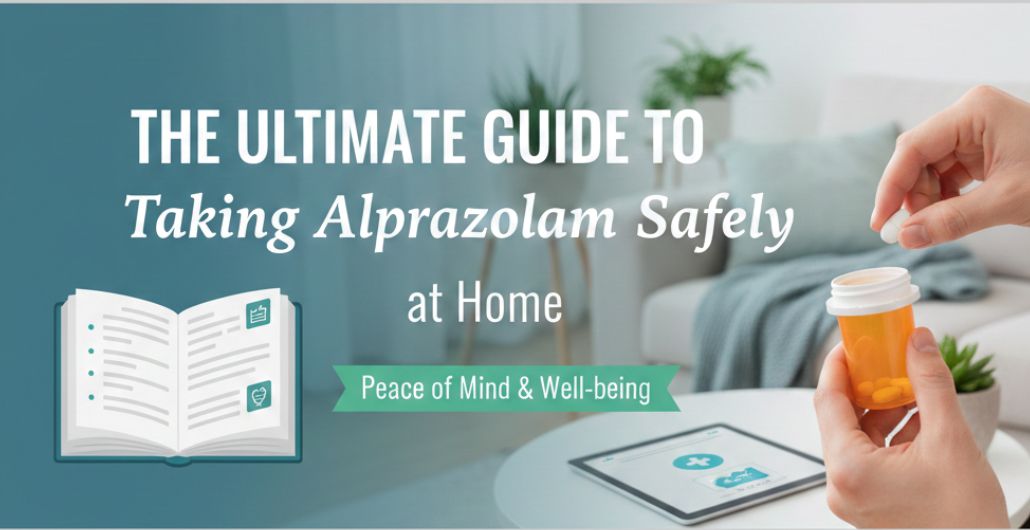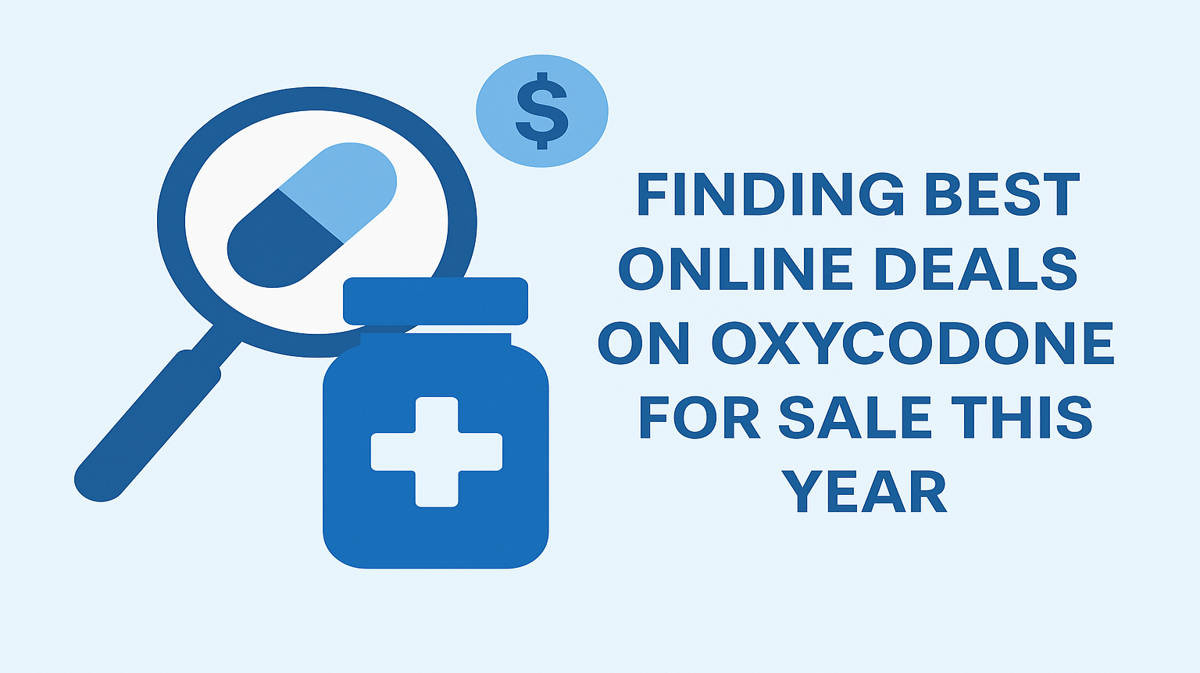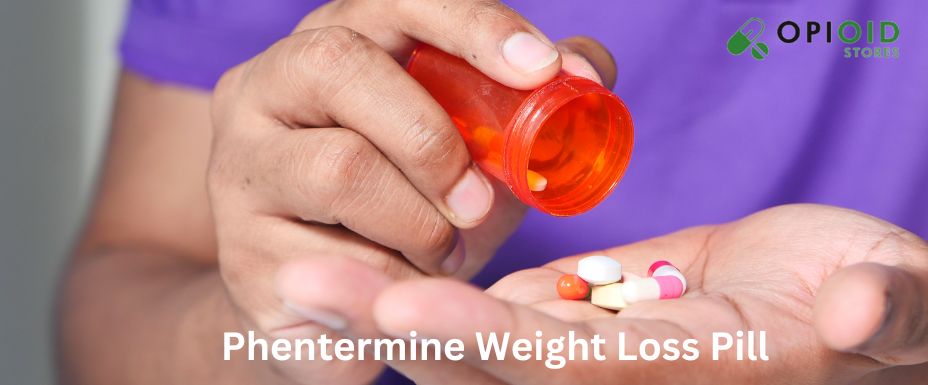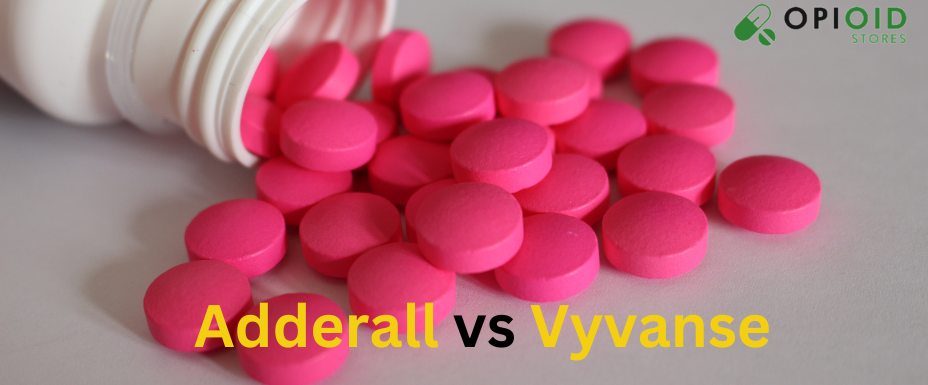The Ultimate Guide to Taking Alprazolam Safely at Home
Alprazolam is among the most commonly prescribed benzodiazepines, primarily used to manage generalized anxiety disorder and panic disorder. Despite its widespread use, it remains controversial due to its high potential for dependence. Addiction specialists often caution against long-term use because…










